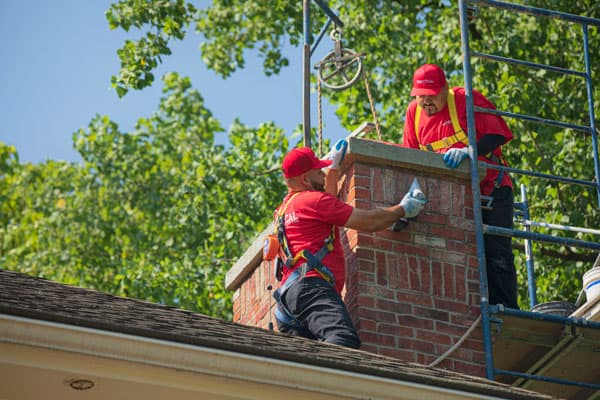
How to Clean a Chimney with a Bend
Chimneys need cleaned—that’s a fact. The chimney’s role in keeping your home toxin-free is essential as it channels out combustion byproducts produced by a fire. Over time, however, these toxins create a buildup of a byproduct known as creosote. Creosote condenses inside of the chimney, which can lead to safety concerns like a chimney fire. Both wood stoves and fireplaces are in danger of producing chimney fires when this creosote buildup occurs, making a regular chimney cleaning all the more crucial.
Cleaning a Chimney That Bends
So you’re ready to clean your chimney, but is the task going to be difficult? What if your chimney has a bend, does that make the job impossible? Fortunately, you’re not the only homeowner whose faced with cleaning a chimney with a bend—there’s a solution for that! Your first tool you’ll need is a metal bristle brush that’s designed to clean a clay flue liner or a brush with plastic bristles if your liner is made of metal. You’ll need to purchase enough rods for the brush to clean the length of your chimney, so make sure you have the height measured beforehand. For chimneys that bend, buy a bendable brush (referred to as “noodle brushes”), so you can reach around the turn of the chimney. The noodle brushes will also be needed to clean the smoke shelf. You’ll also need a long-handled brush to clean soot around the sides of the firebox. All of these different brushes can be found at your local home improvement store or purchased online.How to Clean Your Chimney
Prepare your work area by covering the living space with the fireplace in it with plastic tarping. If you can, use a shop vacuum to help minimize the soot and debris by leaving the shop vacuum outside, running the hose indoors in case the filters aren’t able to entrap the finer soot and it escapes through the exhaust port. Close all the doors and windows to prevent the soot from reentering the house. Use one of your cleaning brushes to tackle a small section of the flue, removing the chimney soot. A flashlight can be helpful to check your work before you move onto another section. When working from the top of the chimney, remove the cap and use your flashlight to look for the black substance that needs to be cleaned off—that’s the creosote. As you carefully clean the chimney from the top of your roof, add rods to your flexible brush, moving it down the length of the chimney until there isn’t any more brush resistance. This means you’ve reached the smoke chamber, so you’ll need to head back down and work inside the firebox. Alternate between brushes and finish by cleaning off the smoke shelf, vacuuming up the debris and the entire firebox.
